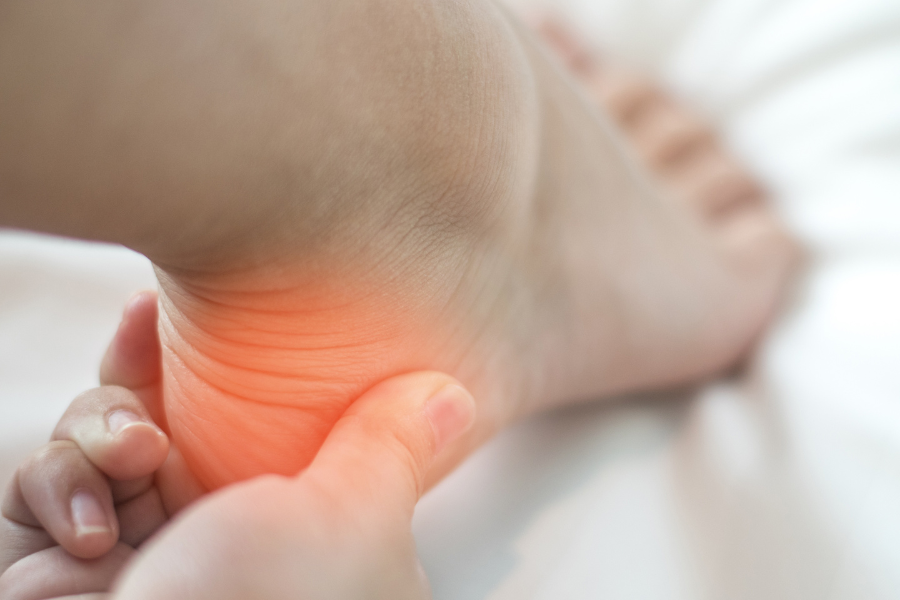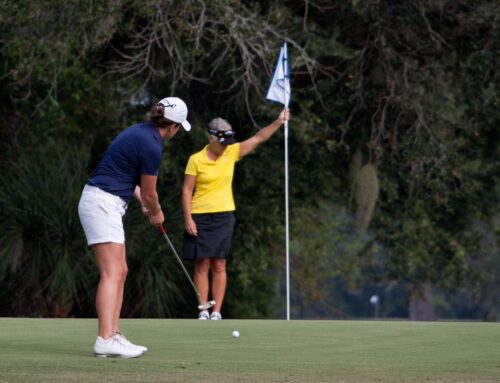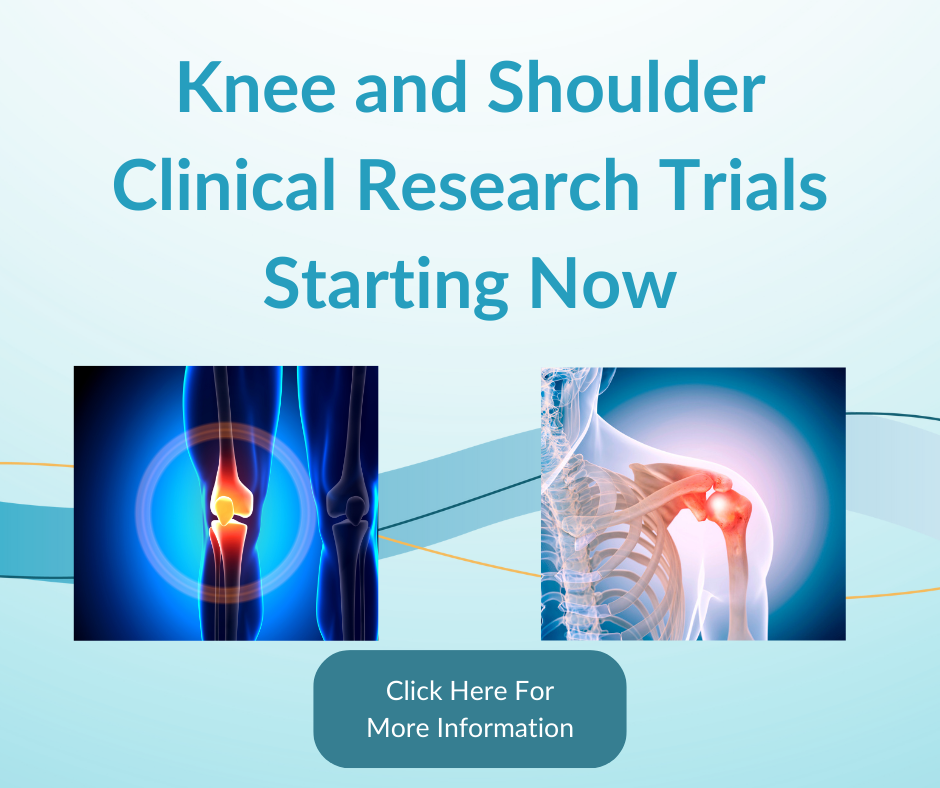 Bone spurs are outgrowths that occur on the edges of a bone, typically at the joint as well as where tendons, muscles and ligaments are attached to the bone. Also known as osteophytes, bone spurs are commonly caused by osteoarthritis due to excessive friction between the bones without the protective layer of cartilage. In response to the inflammation, osteophytes grow as part of the body’s repair mechanism.
Bone spurs are outgrowths that occur on the edges of a bone, typically at the joint as well as where tendons, muscles and ligaments are attached to the bone. Also known as osteophytes, bone spurs are commonly caused by osteoarthritis due to excessive friction between the bones without the protective layer of cartilage. In response to the inflammation, osteophytes grow as part of the body’s repair mechanism.
There is a variety of elements that can make one predisposed to bone spurs, including:
- Injury of a joint
- Overuse of a joint or tendon
- Family history of bone spurs
- Ankylosing spondylitis
- Diffuse idiopathic skeletal hyperostosis (DISH)
- Diabetes
Are Bone Spurs Painful?
 Most bone spurs can remain undetected until diagnosis for another condition reveals the outgrowths. However, some osteophytes create friction with adjacent bones or tendons, thereby causing pain and loss of motion in the joints. The type and severity of symptoms greatly depends on the location of the problem. Examples include:
Most bone spurs can remain undetected until diagnosis for another condition reveals the outgrowths. However, some osteophytes create friction with adjacent bones or tendons, thereby causing pain and loss of motion in the joints. The type and severity of symptoms greatly depends on the location of the problem. Examples include:
- Shoulder – When bone spurs rub against the muscles and tendons in the shoulder (rotator cuff), it can lead to inflammation (tendinitis) and rotator cuff tears.
- Spine – When growing on the vertebrae, bone spurs can cause a nerve pinch (radiculopathy) or compression (myelopathy) in the spinal cord. This leads to pain, loss of motion, weakness and tingling in the limbs, and balance problems.
- Fingers – Bone spurs on the fingers appear as lumps under the skin, i.e., knobby joints.
- Hip – Bone spurs occurring in the hip can cause pain and reduce the joint’s range of motion.
- Knee – When growing in the knee, bone spurs interfere with the smooth operation of the joint, causing pain when bending or extending the leg.
Can Bone Spurs Be Removed?
If you are experiencing pain, swelling or poor range of motion in one or more joints, see a qualified joint specialist as soon as possible. Early intervention is key to curbing or eliminating additional joint damage.
The doctor will perform a detailed diagnosis by asking you a series of questions about your symptoms and performing x-rays or other imaging tests. In most cases, you will be prescribed over-the-counter medications to alleviate the pain. If the bone spurs disrupt a nerve or a joint’s range of motion, surgical removal will be recommended.
For more information on diagnosing and treating bone spurs in Manatee or Sarasota County, FL, please contact the joint specialists at Coastal Orthopedics Sports Medicine & Pain Management today!





